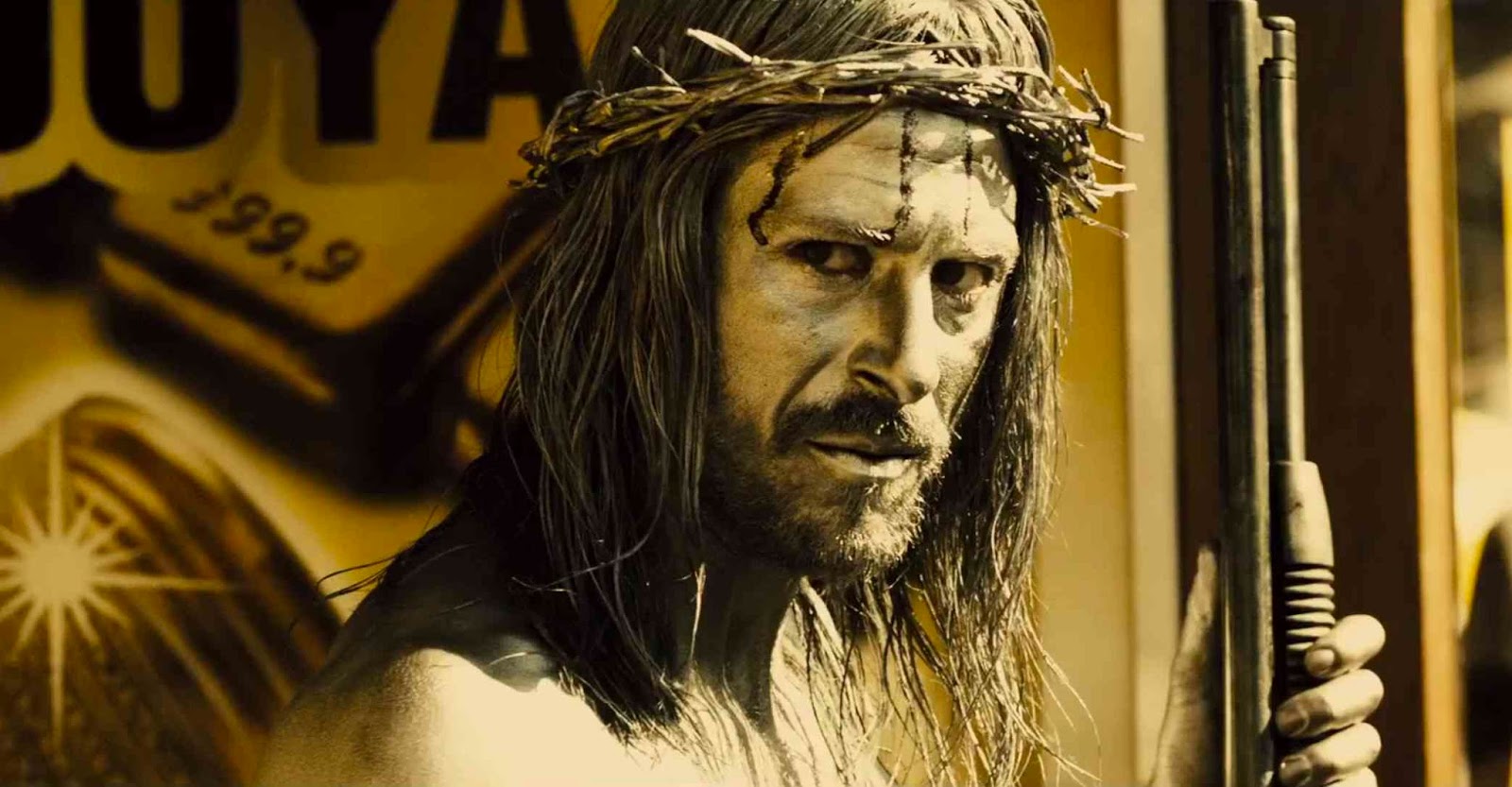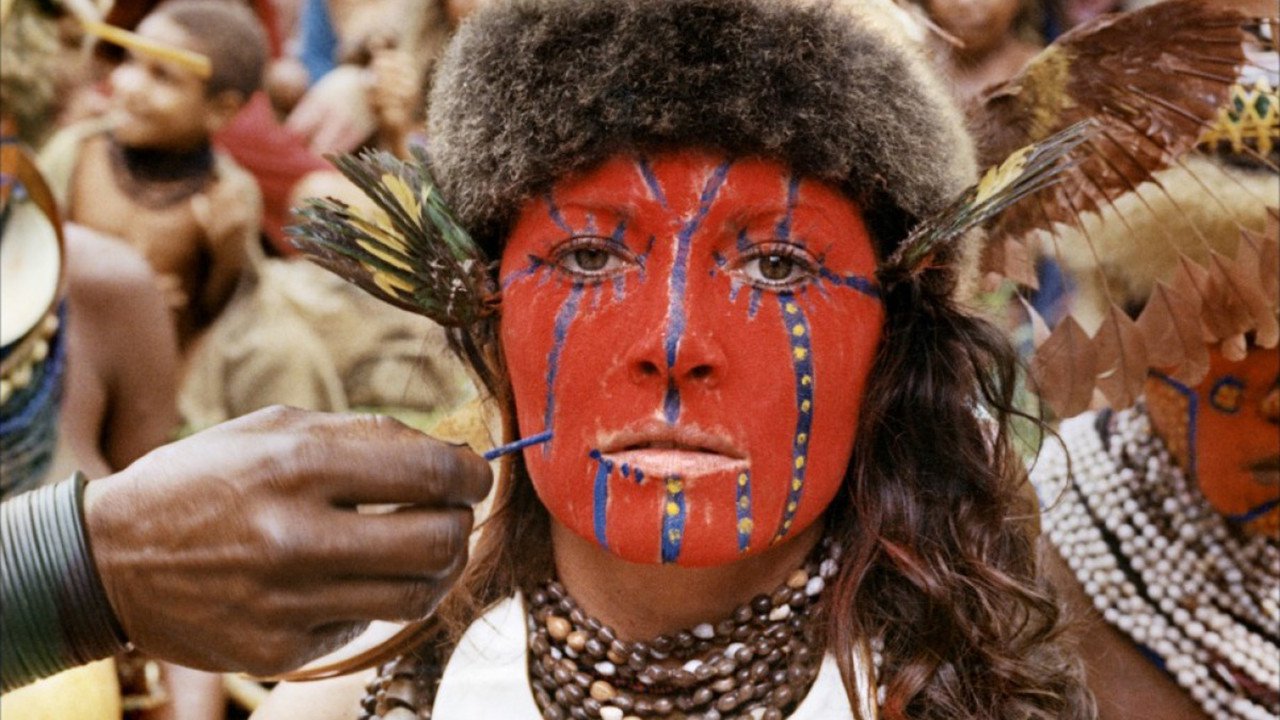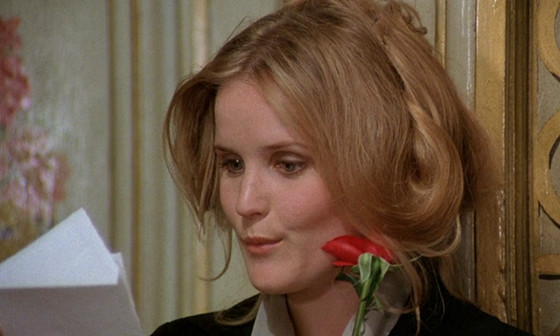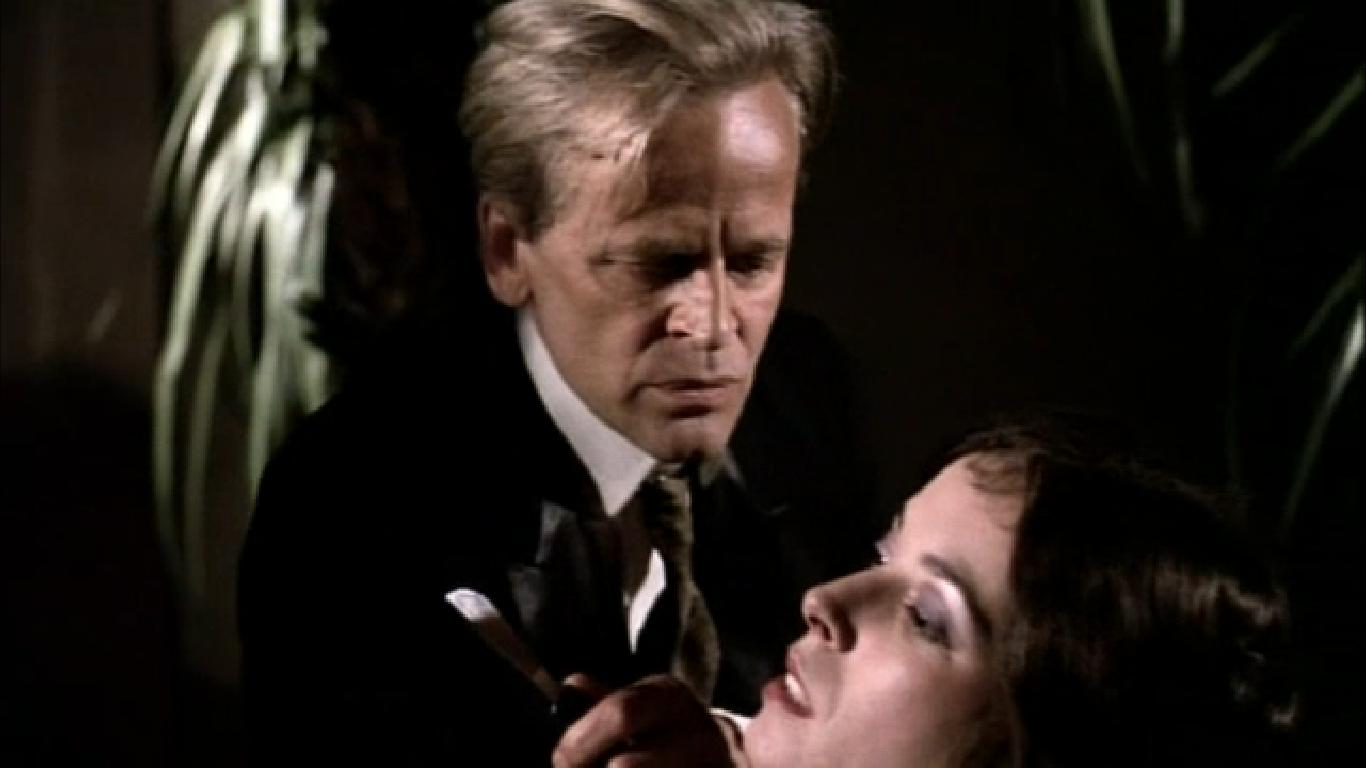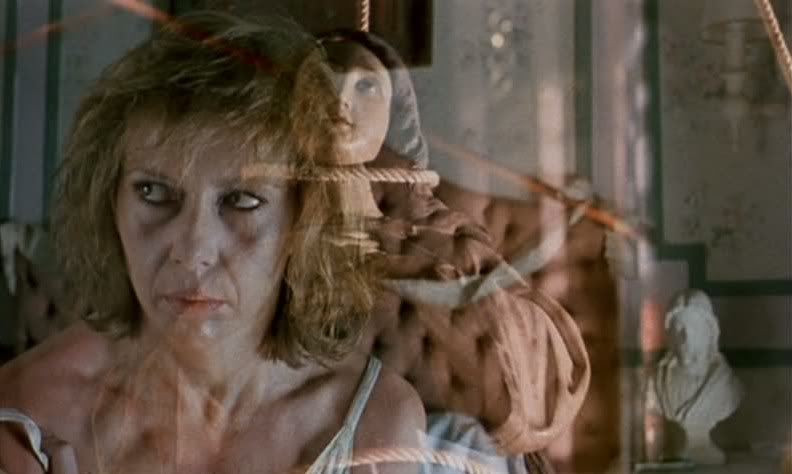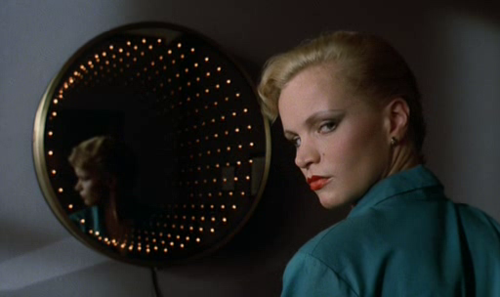The Foreign Film Market for most Americans is sometimes difficult to predict. Very few features that don’t rely on car chases, explosions, gratuitous violence or unnecessary sex and CGI effects will hardly go over well. Plus, having to read subtitles or deal with poorly dubbed English may cause most of them to find something less challenging and instantly gratifying.
It is unfortunate given that a lot these Foreign Films have intriguingly detailed plots, setting and characters. Usually, the financially successful crop of the bunch will get re-made by American film makers for American audiences.
The following list of foreign films are vastly original, yet obscure and in some case have yet to be discovered or re-discovered. They question many multi-layered concepts from beauty and ugliness, the sane and insane and reality and fantasy. They also may leave the viewer to desire more without feeling that they’ve been cheated out time and money. Most aren’t for the taste of mainstream crowds, but each will leave some form of an impact.
1. La Vallee (The Valley…Obscured by Clouds) (France, 1972)
A woman hoping to acquire a rare bird’s feather decides to join a group of Post-Flower Children explorers who are seeking out an uncharted valley, deep in the New Guinea Jungle. During their quest, they stumble across an indigenous tribe, which causes the naive Europeans to question their own westernized values. Undaunted and unconcerned with their limited survival skills and supplies, their final quest is to discover “The Valley Of The Gods”.
“La Vallee” is a French film by Iranian director, Barbet Schroeder, whose debut was “More”. For both features, Pink Floyd was commissioned to do the soundtracks. However, the band had a falling out with the director and released an album as “Obscured By Clouds” rather than attaching the film’s title to it.
The cinematography of the mysterious, but beautiful jungle is captivating and serves an ominous display of Westerners who become too clouded with unrealistic or illogical attempts to evolve through arrogant efforts.
2. La Bete (The Beast) (France-Italy, 1975)
The estate of a recently deceased wealthy businessman, will be left to his daughter, Lucy, under the condition that she will marry Mathurin, the dbrfeformed son of his best friend within six months. The intended in-laws breed horses and their ranch is failing among the other internal and peculiar issues within the family.
With her aunt Virginia in tow, Lucy arrives to the farmhouse, they are greeted the crippled Rammaednelo and he is questioned about the ghastly rumors concerning the family. He shows her a book about a beautiful warrior battling a beast from two hundred years before. When she finally meets her husband to be, she is put off by his gruff demeanor and wants to leave but is persuaded to stay. Later that night, she has a highly erotic dream about being chased and seduced by strange furry beast.
Loosely based on the novella “Lokis” by Prosper Mermimee, with some comparisons to “Beauty And The Beast”, Polish director Walerian Borowczyk’s French-Italian feature is an erotic horror fantasy. It was well received in most parts of Europe, but gained controversy for excessive erotic themes and scenes of bestiality.
For several years the film was shelved and massive cuts were made. Beautifully shot, with raw honesty it broke down taboos that even the most daring or perverse film makers wouldn’t touch.
3. Der Dirnenmorder von London (Jack The Ripper) (Germany-Switzerland, 1976)
Respected London Doctor Dennis Orloff (Klaus Kinski) is haunted by the memories of his mother the prostitute, so during the late night hours, he preys upon other female streetwalkers, brutally murdering and mutilating their bodies. He and his mentally disabled housekeeper manage to allude the baffled and disturbed Scotland Yard authorities.
Inspector Shelby’s girlfriend a ballet dancer named Cynthia (Josephine Chaplin, daughter of The Little Tramp Charlie) takes the law in her own hands and goes undercover as a go-go dancer in a seedy nightclub to lure the grisly killer to being captured.
Infamous sex and violence exploitation director from Spain, Jess Franco, takes on Jack The Ripper, England’s notorious and unsolved cases. Less concerned with the facts, but a great emphasis on gritty softcore nudity and gluttonous gore with beautifully designed sets and lavish Victorian clothing. Lina Romay turns up as a prostitute who meets an untimely fate.
Despite historical flaws, the film is effective as Gothic suspense in the vein of the Hammer classics. Shot in Switzerland with a predominately German cast, with an eerie performance by the lead best known as Wernor Herzog’s “Best Fiend”.
4. Tanya’s Island (Canada, 1980)
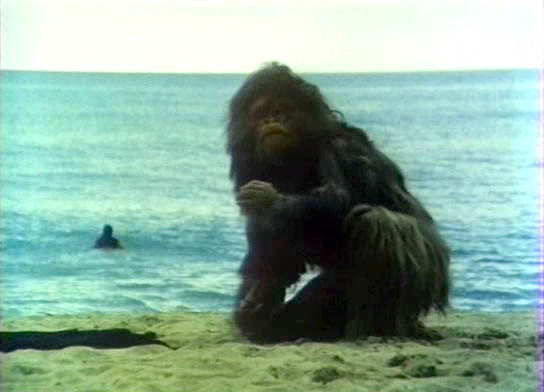
A gorgeous actress Tanya (D.D. Winters) is obsessed with Lobo, her aggressive boyfriend who is a painter. She fantasizes about the two of them living on a tropical island and all is well until a male ape named Blue emerges to life from one of the artist’s paintings. Jealousy and possessiveness consume both Lobo and Blue, leaving Tanya uncertain as to which beast she loves more. The human cages the animal and the intense, isolated and paranoid emotions run wild become extremely savage.
Directed by an American Alfred Sole for a Canadian production company, “Tanya’s Island” could be interpreted as a surrealistic erotic fantasy or a psychological softcore porn thriller. Released in 1980, the film did poorly and drifted into obscurity. It was also the first leading role for D.D. Winters, the model/actress/singer formerly known as Vanity, (as named by Prince). She would go on to star in a series of B movies and television shows. By 1997, Denise Matthews, became a Born Again Christian Evangelist.
5. Entre Tinieblas (Dark Habits) (Spain, 1983)
Yolanda (Cristina Sanchez Pacual) is a nightclub singer and heroin addict whose boyfriend has just died from an overdose. Fearing for her safety from the police and drug dealers, she seeks refuge and anonymity in a convent. The nuns are welcoming to helping her, but they too have illustrious habits ranging from drug use, sadomasochism and lesbianism, in addition to the impending foreclosure on their sanctuary.
The Mother Superior (Julieta Serrano) is also addicted to heroin and has had a long time crush on Yolanda ever since seeing her perform, but engages in manipulative behavior, drug dealing and blackmail in order to try save the crumbling convent.
Pedro Almodovar’s third film is tale of a Post-Franco Fascist Spain and the shift of lifestyles who have lost their faith in a supreme being and seek redemption through the suffering of others. Considered to be his darkest feature, it was met with mixed reviews and rejected by Cannes Film Festival because of its sacrilegious and blasphemous nature.
Regardless, it became a modest hit and pays homage to the melodramas of Douglas Sirk, the light-hearted Franco Regime religious propaganda musicals and the moody, but colorful atmosphere of Hammer films.
6. De Vierde Man (The Fourth Man) (The Netherlands, 1983)
Plagued with visions or delusions of an impending doom, Gerard (Jeroen Krabbe) is an alcoholic, bisexual, Catholic writer heading to a literary lecture in Vlissingen, the Netherlands. While at the Amsterdam railway station, he becomes obsessed with an attractive man that he sees leave on another train. At his lecture, Gerard is introduced to the treasurer of the organization, a blonde woman with boyish features named Christine (Renee Soutendijk).
The pair have a one-night-stand, then the writer discovers that Christine’s boyfriend, Herman (Thom Hoffman) is the man that he saw in the train station and wants to arrange an encounter. Eventually, he learns that three of her previous husbands have met their deaths through tragic accidents.
Based on the 1981 Gothic novel by Dutch author Gerard Reve, director and fellow Dutchman, Paul Verhoeven concocts a twisted adaptation with heightened horror, overtly religious symbolism, engagingly erotic imagery and nail-biting suspense.
Not for the squeamish, the film became a hit its own country along with the United States and be nominated several awards at various festivals. Almost a decade later, Verhoeven would revisit the same material for his loose remake and equally controversial “Basic Instinct”, stating that “The Fourth Man” is the spiritual prequel.
